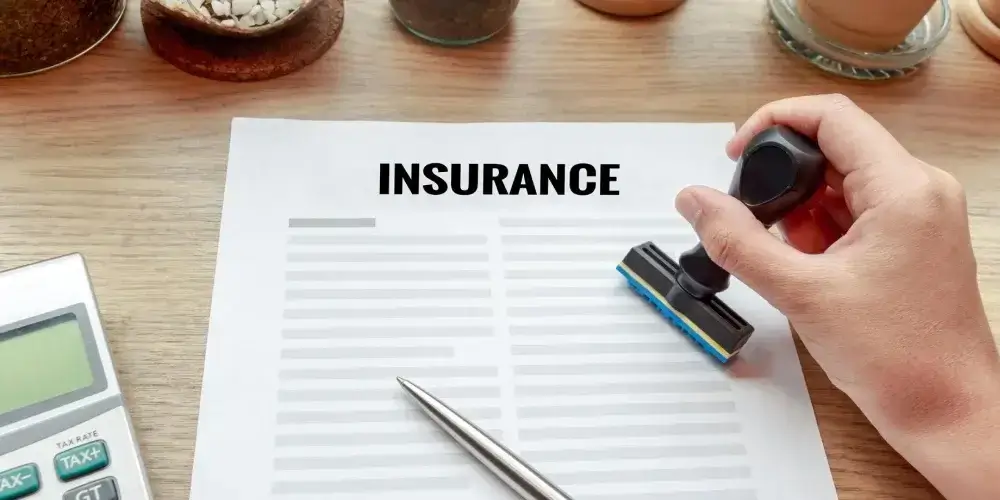

Understanding Insurance Policy Exclusions and Limitations
04/05/2024 Michael Rivera 1185
Insurance policies are crucial financial tools designed to protect individuals, businesses, and assets from various risks. However, it's essential to understand that policies come with certain exclusions and limitations that can significantly impact coverage. This blog explores what policy exclusions and limitations entail, common exclusions to be aware of, and strategies to minimize gaps in coverage to ensure comprehensive protection.
Explanation of Policy Exclusions and Limitations
1. Policy Exclusions:
-
Definition: Exclusions are specific risks or events that an insurance policy does not cover. They are typically listed explicitly in the policy documents.
-
Purpose: Exclusions help insurers manage risk by excluding coverage for risks that are deemed too costly, predictable, or not aligned with the policy's intended coverage.
2. Policy Limitations:
-
Definition: Limitations define the extent of coverage provided by the insurance policy. They may include maximum benefit amounts, specific time frames for coverage, or conditions that must be met for coverage to apply.
-
Purpose: Limitations help insurers control the scope and cost of coverage, ensuring policies remain financially sustainable.
Common Exclusions and Limitations
1. Pre-existing Conditions:
-
Health Insurance: Many health insurance policies exclude coverage for pre-existing medical conditions that were diagnosed before the policy's effective date.
-
Life Insurance: Some life insurance policies may have exclusions related to specific health conditions or activities known at the time of application.
2. High-Risk Activities:
-
Auto Insurance: Policies may exclude coverage for accidents that occur during racing or other high-risk activities not covered under standard policies.
-
Homeowners Insurance: Liability coverage may be limited or excluded for certain high-risk activities like trampoline use or owning certain dog breeds.
3. Intentional Acts:
-
Liability Insurance: Intentional acts of harm or illegal activities typically fall outside the scope of coverage under liability insurance policies.
-
Property Insurance: Damage caused intentionally to property by the policyholder or insured parties may not be covered.
4. Business Exclusions:
-
Business Insurance: Certain business activities or exposures, such as cyber incidents or acts of terrorism, may require specific endorsements or separate policies due to standard exclusions.
Strategies for Minimizing Gaps in Coverage
1. Review Policy Documents Thoroughly:
-
Understanding Coverage: Carefully read and understand all policy terms, exclusions, and limitations before purchasing insurance. Ask your insurance agent to clarify any unclear provisions.
2. Evaluate Additional Coverage Options:
-
Endorsements and Riders: Consider adding endorsements or riders to policies to extend coverage for specific risks that are excluded by default.
-
Umbrella Policies: Umbrella insurance provides additional liability coverage beyond the limits of standard policies, covering gaps that may exist in primary insurance.
3. Disclose All Relevant Information:
-
Full Disclosure: Provide accurate and complete information when applying for insurance to ensure that all potential risks are assessed and covered as per policy terms.
4. Seek Professional Advice:
-
Consult with Experts: Work with an experienced insurance agent or broker who can help identify potential gaps in coverage and recommend suitable solutions.
Understanding insurance policy exclusions and limitations is crucial for making informed decisions about coverage. By knowing what risks are excluded or limited by your insurance policy, you can take proactive steps to minimize gaps in coverage and ensure comprehensive protection against unforeseen events. Policyholders should regularly review their insurance policies, update coverage as needed, and maintain open communication with their insurance providers to address any changes or concerns. Ultimately, a well-informed approach to insurance coverage empowers individuals and businesses to mitigate risks effectively and safeguard their financial well-being in the face of uncertainty.
Recent Blogs
Building a Diversified Inves ...
26/01/2025 1577
Integrating AI and Machine L ...
24/01/2025 1125
Health Insurance Regulations ...
22/01/2025 2222
Recognizing Signs of Mental ...
20/01/2025 2212
Understanding Employers' Leg ...
18/01/2025 1229
Trending Blogs
Interest Rates: How They Aff ...
20/06/2024 12520
Client Retention: Building S ...
20/06/2024 10585
Introduction to Common Law: ...
21/06/2024 9628
Common Types of Criminal Charges
02/03/2024 8813
Corporate Finance Law: Raisi ...
04/06/2024 8514











